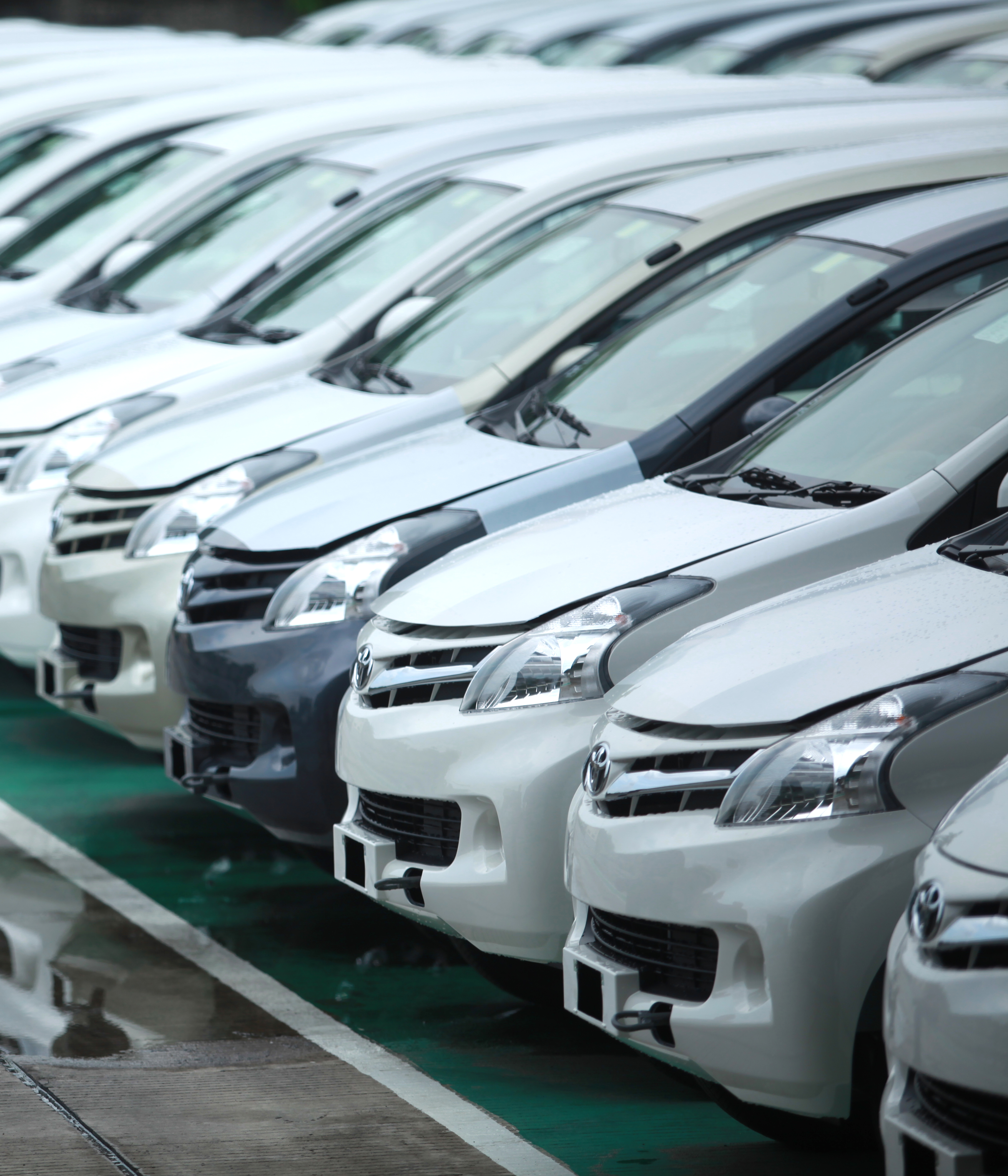Climate change is altering how much rain hits, but also where and how often it comes.
Heavy rainfall has hit the Beijing metropolitan area starting July 29 and continued for about 70 hours into the night of August 1st, according to the Beijing Meteorological Service, reaching 1,000 mm of rain in two to three days time, which is equivalent to the total rainfall in two years under normal conditions.
Rescue efforts in response to extensive flooding and landslides across the greater Beijing metropolitan area after days of record-breaking rainfall are now focused on Zhuozhou City, a smaller city with population over 650,000 people south of Beijing. About ⅓ of Zhuozhou’s jurisdiction sits inside flood zones. One local government official previously said these zones were unsafe.
Road damage caused by flooding has trapped some residents in the mountainous disaster-hit regions. Over 60 villages are relying on satellite signal for emergency contact and coordinating rescue.
Water and power utilities have been severely damaged in these regions. The Beijing Waterworks Group says that the water supply in the Mentougou region had been completely shut down, affecting around 150,000 residents. At the moment, there are up to 45 emergency water trucks onsite supplying water to the area, with priority given to nursing homes and hospitals.
A 2021 Greenpeace East Asia report mapped climate risk in Beijing, Shanghai, and Guangzhou-Shenzhen, finding that climate risk from extreme heat and extreme rainfall is increasing fastest in smaller urban areas outside the city centers, and that the least prepared communities are facing the fastest increase in risk from climate change and associated heatwaves and flooding or landslides.
Cities around China need to develop early warning systems and other government response channels as well as physical infrastructure.


